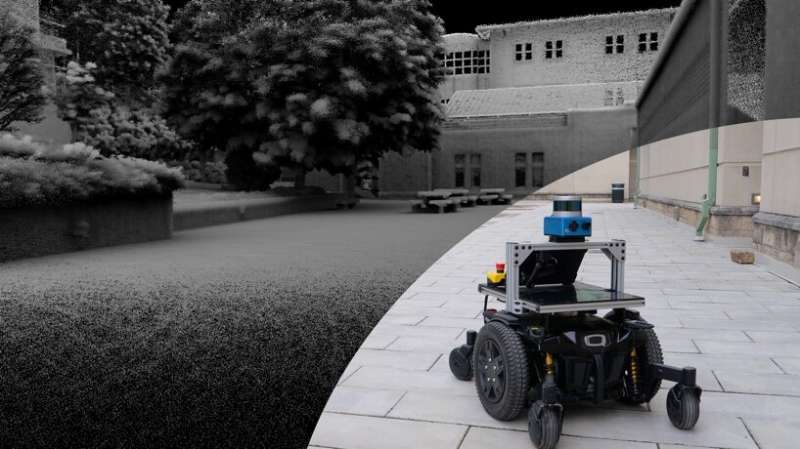Human beings have proven themselves to be good at many different things, but at the same time, there is little they do better than growing at a consistent clip. This pledge of continuous development has …
Human beings have proven themselves to be good at many different things, but at the same time, there is little they do better than growing at a consistent clip. This pledge of continuous development has empowered the world to clock some huge milestones, with technology emerging as quite a major member of the group. The reason why we hold technology in such a high regard is, by and large, predicated upon its skill-set, which guided us towards a reality that nobody could have ever imagined otherwise. Nevertheless, if we look beyond the surface for a second, it will become abundantly clear how the whole runner was also very much inspired from the way we applied those skills across a real world environment. The latter component, in fact, did a lot to give the creation a spectrum-wide presence, and as a result, initiate a full-blown tech revolution. Of course, this revolution eventually went on to scale up the human experience through some outright unique avenues, but even after achieving a feat so notable, technology will somehow continue to bring forth the right goods. The same has turned more and more evident in recent times, and assuming one new discovery ends up with the desired impact, it will only put that trend on a higher pedestal moving forward.
The researching team at Carnegie Mellon University’s Robotics Institute has successfully developed a suite of robotic systems and planners, which if found scalable, will unlock a new application for robots i.e. exploration. According to certain reports, the stated suite comes equipped with the ability to explore more quickly and probe the darkest corners of unknown environments, while simultaneously creating accurate and detailed maps of the same. The robots, on a more practical note, can use this system to explore in three different modes. Starting from the first mode, the idea here is to let a human being control the robot’s movements and direction as the autonomous technology in play protects it against crashing into any obstacles that may appear during the journey. Moving on to the second mode, it is all about getting someone to set for the robot a predetermined destination. Once the destination has been picked, our new suite will direct the robot to reach there on its own. The third mode is where the whole thing ends up going to another level, considering it preaches a pure and unguided brand of exploration. The robot operating in such a mode has that ultimate pass to initiate a journey itself, investigate the entire intended space, and then create a comprehensive map to inform further analysis.
“You can set it in any environment, like a department store or a residential building after a disaster, and off it goes,” said Ji Zhang, a systems scientist in the Robotics Institute. “It builds the map in real-time, and while it explores, it figures out where it wants to go next. You can see everything on the map. You don’t even have to step into the space. Just let the robots explore and map the environment.”
To build out their latest brainchild, the researchers combined a 3D scanning lidar sensor, forward-looking camera and inertial measurement unit sensors with an exploration algorithm to empower the robot to know where it is, where it has been, and where it should go next. Surely, this isn’t the first time someone has made an effort of the said sort, but mind you, none of those attempts match the new technology in regards to eventual map’s quality and algorithm run time. Another feature which separates the new robot suite from other is its ability to thrive in conditions even where communication is spotty, like caves, tunnels, and abandoned structures. Rounding off the highlights is the fact that system’s computers and sensors can be attached to nearly any robotic platform, thus helping it become a modern-day explorer.
“All of our work is open-sourced. We are not holding anything back. We want to strengthen society with the capabilities of building autonomous exploration robots,” said Chao Cao, a Ph.D. student in robotics and the lead operator for Team Explorer. “It’s a fundamental capability. Once you have it, you can do a lot more.”




